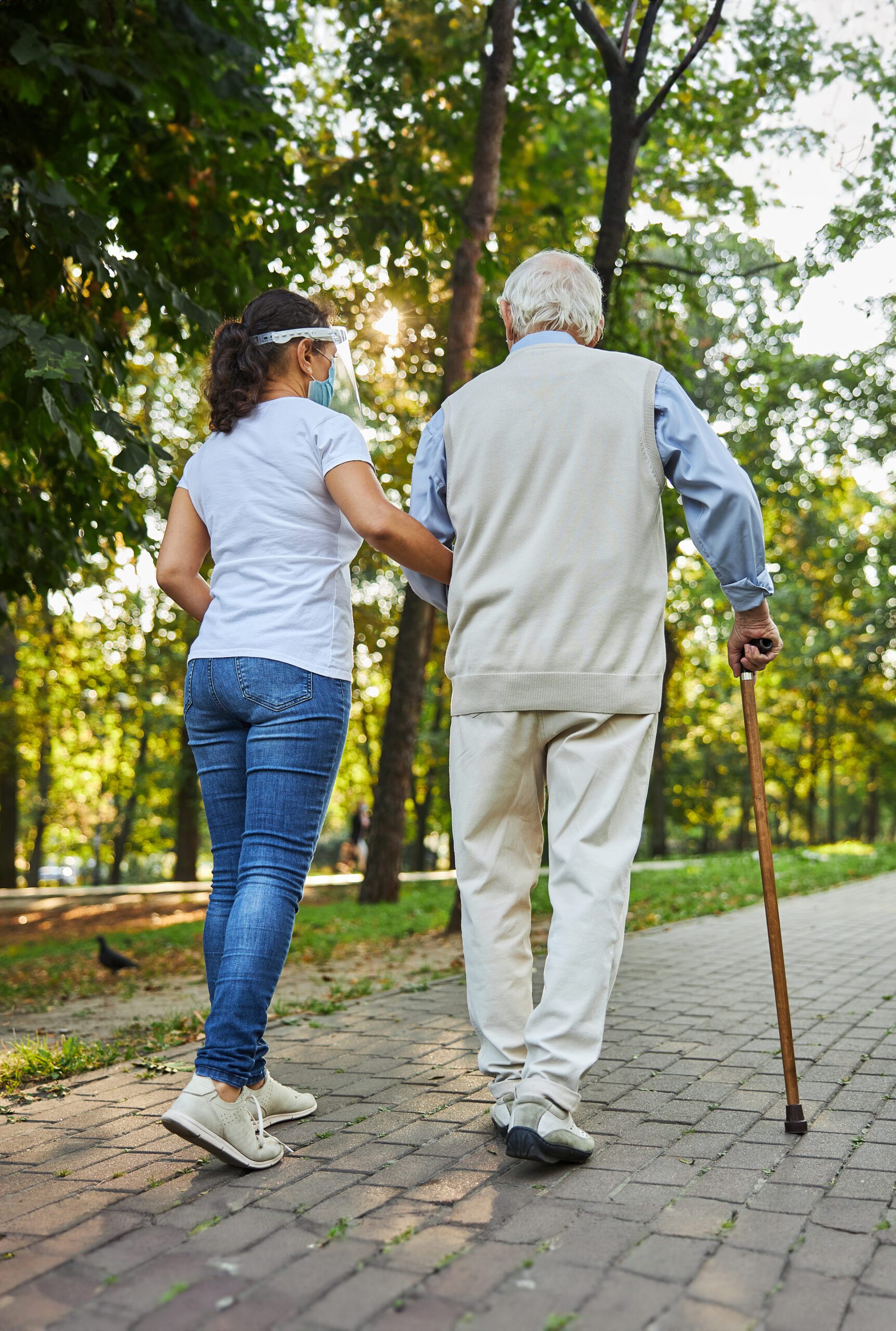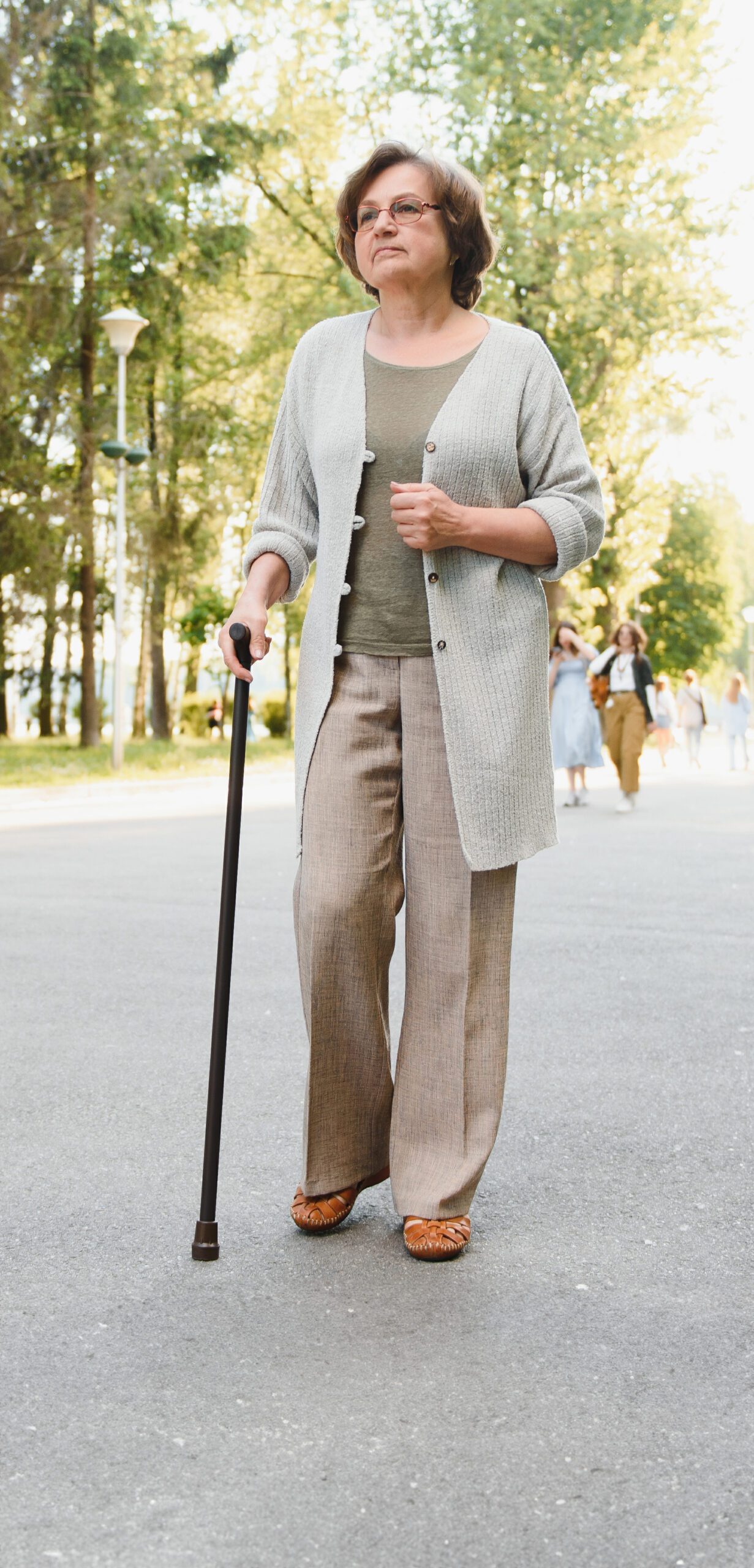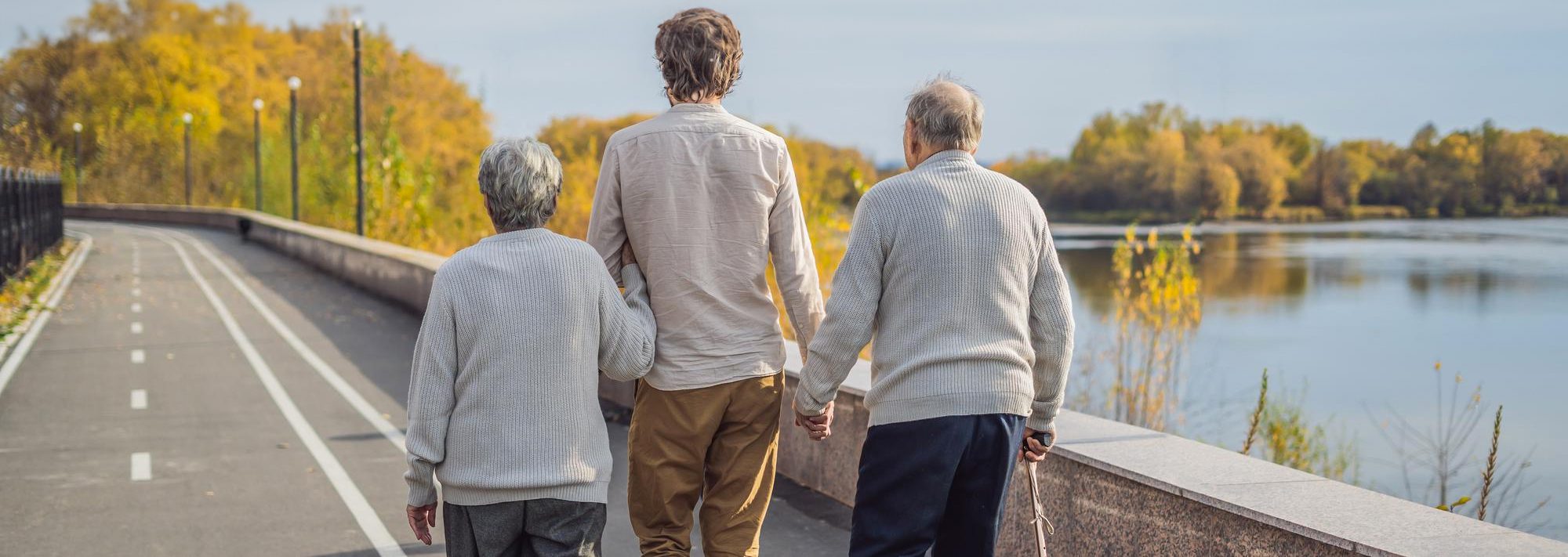Everyone falls, from babies learning to walk to kids and adults playing sports or tripping over a curb. For the geriatric population, though, falls can lead to serious complications.
At Dillman Clinic and Lab, the practice of double board-certified internal medicine specialist Dr. Megan Dillman, we understand the unique needs of our geriatric patients, including their increased risk of falls. That’s why we offer a geriatric fall risk assessment to mitigate the problem before it becomes a serious health hazard.
What causes older people to fall?
Older people tend to have more medical problems than younger populations and are subject to age-related deterioration of the muscles and bones. That can lead to walking difficulties, loss of sensation in the lower limbs and unstable joints.
Visual problems, such as glaucoma and age-related macular degeneration, as well as cognitive decline, only compound the problem because the person may not be aware that they’re at risk for a fall.
As you get older, you also tend to be on more medications, and the side effects can impair walking ability and sensory perception.
The dangers of geriatric falls
The CDC reports that, in 2019, falls among adults 65 and older caused over 34,000 deaths, making it the largest cause of death due to injury in that group.
In addition, every year, at least 300,000 elderly are hospitalized for hip fractures, with more than 95% caused by falls, and falls are the most frequent cause of traumatic brain injuries (TBI).

While not every fall produces an injury, one out of five does cause a serious injury, such as a broken bone or head injury. They can make it hard for people to get around, care for themselves or live independently.

The economic toll is high, too. In 2015, total medical costs related to falls totaled more than $50 billion.
Even if a person isn’t injured in the fall, they may become afraid of falling, causing them to cut down on their everyday activities. They become weaker when they become less active, increasing their risk of another fall.
The geriatric fall risk assessment
To help prevent falls and the associated risk of major health complications, the CDC and the American Geriatric Society recommend a yearly fall assessment screening for everyone 65 years and older. If the screening shows the patient is at risk, their doctor should perform an assessment, a series of specific tasks designed to identify and mitigate risk.
To that end, the CDC developed a program called STEADI (Stopping Elderly Accidents, Deaths, and Injuries). It includes three parts: screening, assessing, and intervention (recommendations to reduce your risk of falling).
During the screening, questions include:
- Have you fallen in the past year?
- Do you feel unsteady when standing or walking?
- Are you worried about falling?
If you require an assessment, Dr. Dillman tests your strength, balance, and gait using these assessment tools:
Timed up-and-go (Tug)
This test checks your gait. You start seated in a chair, stand up, and then walk for about 10 feet at a normal pace. When you’re done, you sit down again. Dr. Dillman checks how long it takes you to perform the sequence. If it’s 12 seconds or more, you’re at higher risk for a fall.
30-second chair stand test
This test checks your strength and balance. You sit in a chair with your arms crossed over your chest. When the doctor says “go,” you stand up and sit down again. You repeat this sequence for 30 seconds, and she counts how many times you can do this comfortably. A lower number means you may be at higher risk for falls due to a lack of strength.
4-stage balance test
This test checks how well you can balance. You stand in four different positions, staying in each for 10 seconds. The positions become harder as you go.
Position 1: Stand with feet side-by-side
Position 2: Move one foot halfway forward so the instep touches the big toe of your other foot
Position 3: Move one foot fully in front of the other so the toes touch the heel of your other foot
Position 4: Stand on one foot
If you can’t hold either position 2 or position 3 for at least 10 seconds, or if you can’t stand on one leg for five seconds, you don’t have good balance and are at higher risk for a fall.
Dr. Dillman discusses the assessment results with you and any caregiver you wish to include. She offers recommendations for physical and lifestyle adjustments you should make to decrease your fall risk.
If you or a geriatric loved one are at risk of falling, a fall risk assessment may be in order. To learn more, or to schedule a consultation with Dr. Megan Dillman, call Dillman Clinic and Lab at 952-388-1212, or book your appointment online today.

HOURS
| Monday – Friday | 8am – 5pm |
| Saturday | Closed |
| Sunday | Closed |

